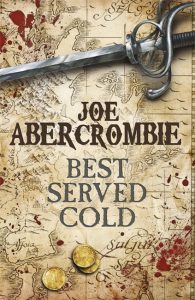 Title: Best Served Cold
Title: Best Served Cold
Author: Joe Abercrombie
Genre: Epic Fantasy
Length: 640 pages
Read: July 21-31, 2014
Summary: fun revenge fantasy
Best Served Cold is a stand alone fantasy set in the same world as his more ambitious First Law trilogy. None of the main characters or plot from that larger work appear in this novel, but a whole host of minor characters do, often in much expanded roles and the overall style and tone are very similar.
First a note about that. This is very adult fantasy with its share of graphic sex and a whole lot of gritty violence. In fact, one of the great pleasures of Abercrombie is his strength at describing combat. He loves both sieges (all four of his books I’ve read feature them), duels, and melees. He has a particular knack for blow by blow combat — literarily. He doesn’t spare you the crunch of bone, the spray of blood, but makes it seem very accurate and visceral. His protagonists take a beating — again literally — and come out worse for the wear (if sometimes swift recovering). Each battle has its clever turns and reversals. The only thing you can expect is a bit of the unexpected.
This is also fantasy without a ton of life saving, healing, resurrecting magic. What magic there is is mostly used for disguise, or more often as more amped up lethal methods of slayage. All this makes the stakes fairly high.
Abercrombie is also a very good prose smith. He has a particular style, full of stylistic word repeats, witty turns, and a sort of darkly comic tone. Don’t get me wrong, these are pretty serious books, but the tone is a bit ironic. His characters are extremely interesting, highly flawed, sometimes self aware, and often quite amusing. Best Served Cold‘s prose is just ever so less slick than the First Law, and somehow its tone just a tiny bit less sarcastic. Then again, maybe it’s just the absence of Glokta, a character from the longer books who really is exquisitely crafted (and darkly funny).
Like the bigger work, there are multiple POV characters. The story is told in rapidly shifting tight first person. Some of the characters are more likeable than others, but all are pretty fun to read. The opening chapters are very effective in particular with Monza, a female mercenary captain, who in the first few pages is betrayed and horribly maimed. Abercrombie loves a good crippling and swiftly builds sympathy for her this way — but then he throws it mostly to the side by avoiding her POV for quite some time. The story still focuses on her, but its told by others. This felt like a significant lost opportunity.
There are also a lot of reoccurring themes and even “types” of characters. Shivers, along with Monza the most important character, shares a great deal in common with Logen Ninefingers. Say one thing of Joe Abercrombie, say he’s consistent.
Overall, a fabulous fantasy action book with very human characters, but just a hair less great than the First Law trilogy. Also, while the novel is quite stand alone, it does explain/reveal elements of the world already explained/revealed in the earlier books, and certain major plot motivations could seem extremely mysterious to those reading it first.
For more book reviews, click here.

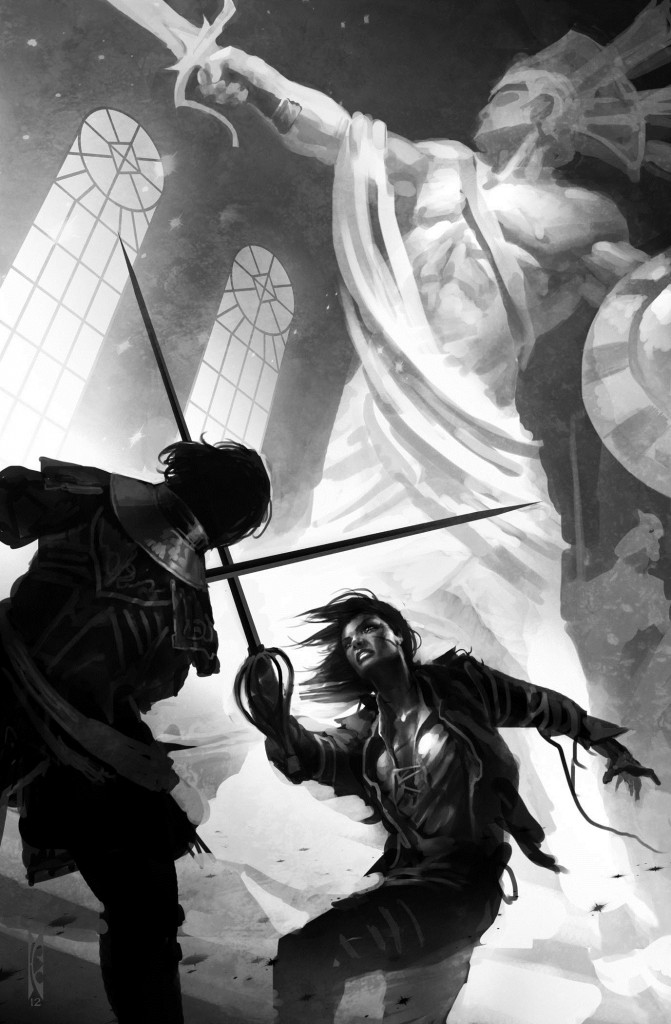


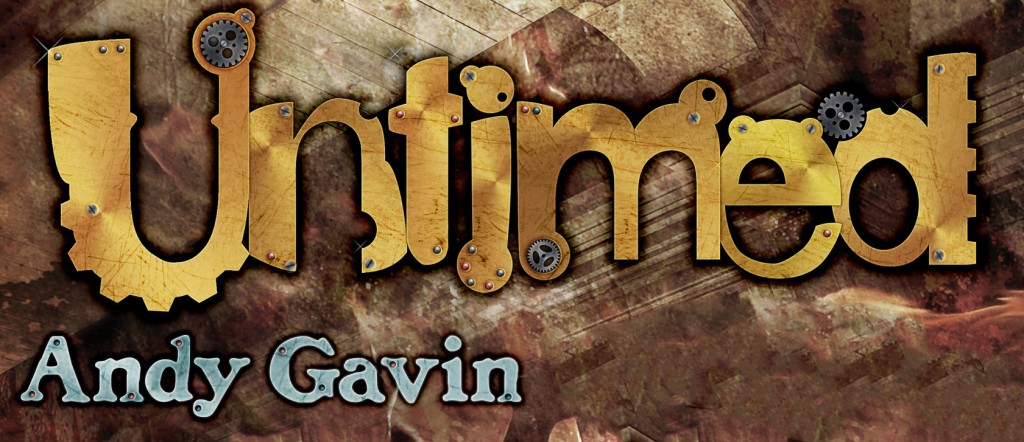
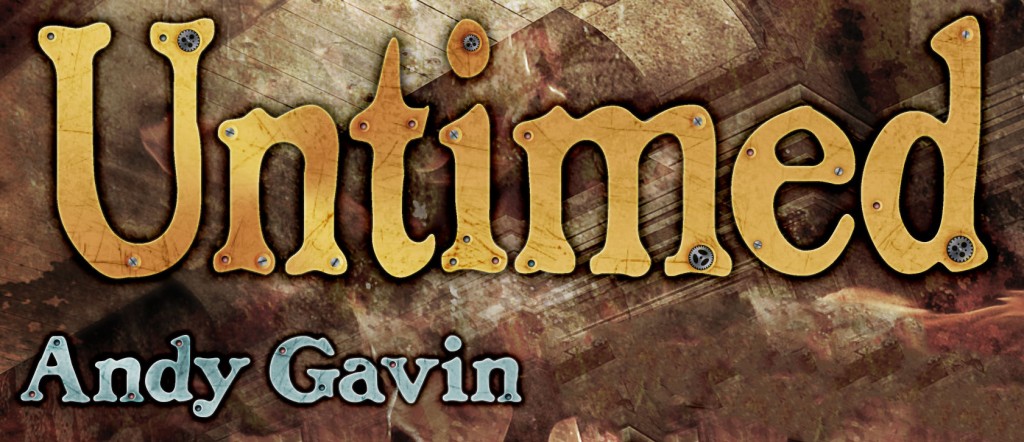
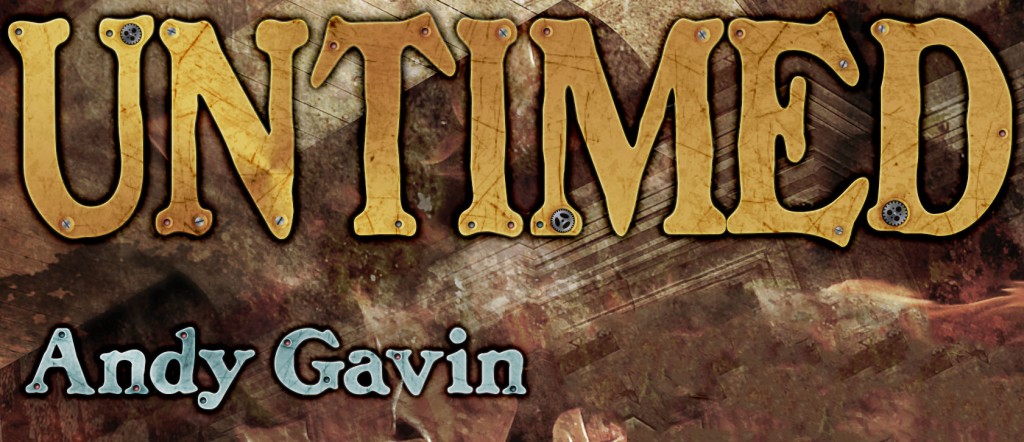
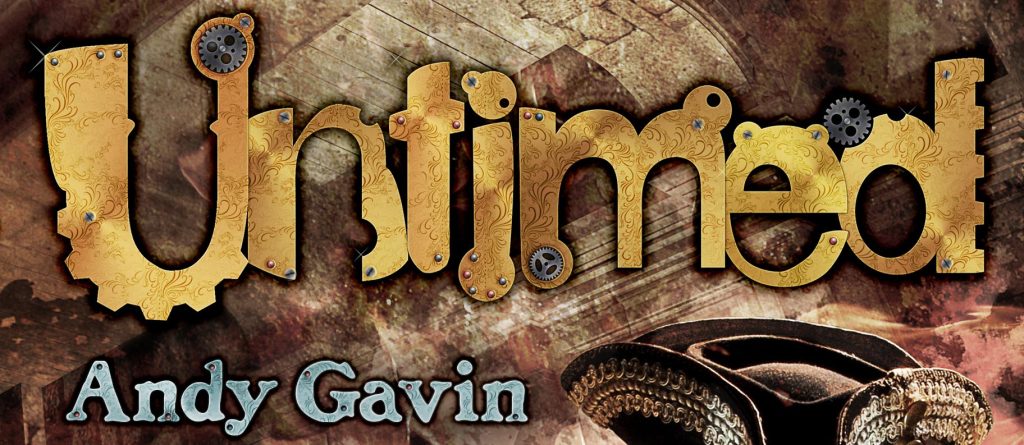

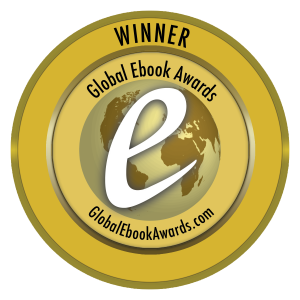
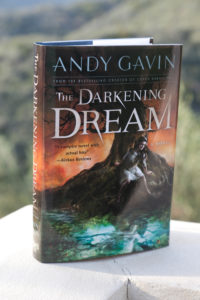
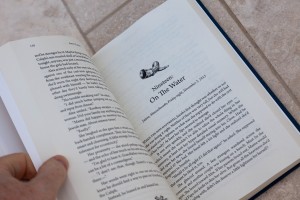
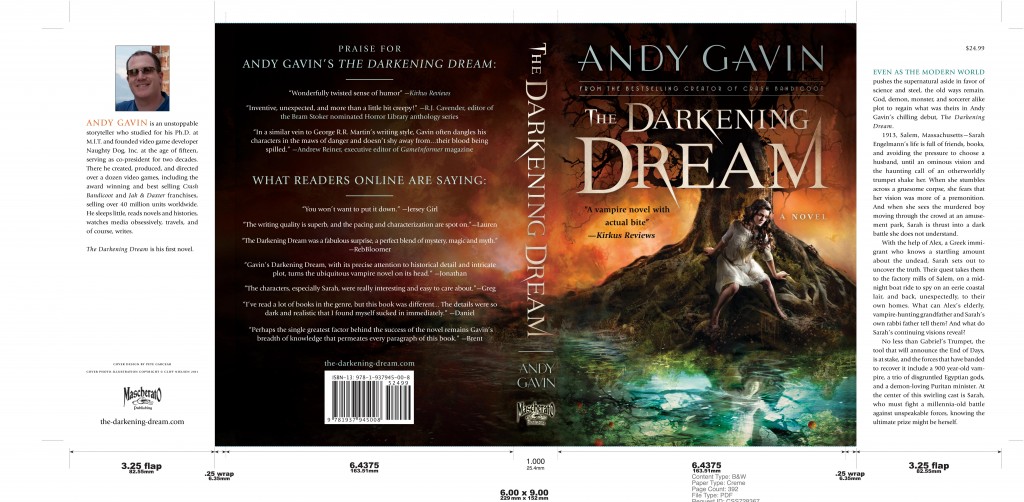



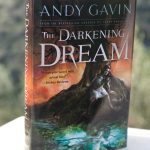









 Title:
Title: 

 Title:
Title: 
 Title:
Title: 








